It’s begun. In the northern hemisphere, it’s the start of autumn and more than a month of traditional schooling is underway. In the southern hemisphere, it’s officially spring and for some, the traditional school year is one quarter from its close. Regardless of location, a lot of the world’s students are in the midst of the official learning process. What about all that goes on outside of that traditional schooling scenario? What else actually transpires amidst that process that the quantitative testing of the data centered educational universe misses? How do we facilitate that whole learner who will continue to be curious, kind, and challenge the obstacles that life constantly throws? How do we manage the different needs of all learners while elevating their different desires? Does that traditional schooling serve the needs of today’s learners?
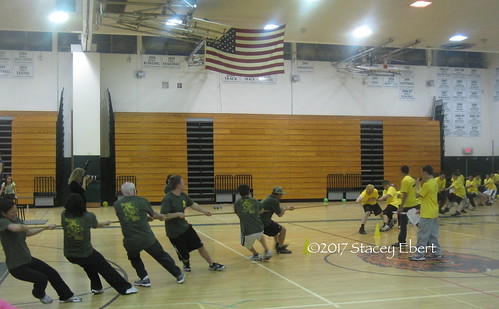
Learning leadership, teamwork, teambuilding, partnership, and sportsmanship in a traditional US school competition setting
I both taught in and went to a traditional US public high school. I sat in uniform desks (that were rarely suitable for left-handed students or anyone who was actually the normal size for their age), I went to the nurse if I didn’t feel well, learned leadership and what it means to get involved through extracurricular clubs, and used paper and pens to take notes. Today’s school experience is a bit different for many - but, in the United States, the traditional method still takes hold of the majority of the school age population. There’s Common Core, quantitative data, and assessments as far as the eyes can see. If they’re lucky, many public schools still have their funding for electives, the arts, and interesting extras. Some schools offer university level options, some have advanced placement classes, and some have those cool aspects like robotics, leadership, coding, social activism, music theory, and computer aid design. Some schools offer extracurricular activities, sports teams, theater programs, and mindfulness meditation. It’s those extras, those pieces often connected to travel, culture, and world relations that tell a story. Interwoven through those reading, writing, and ‘rithmatic classes are the in between spots where students thrive - how do we honor that, encourage that, and boost the need for more?
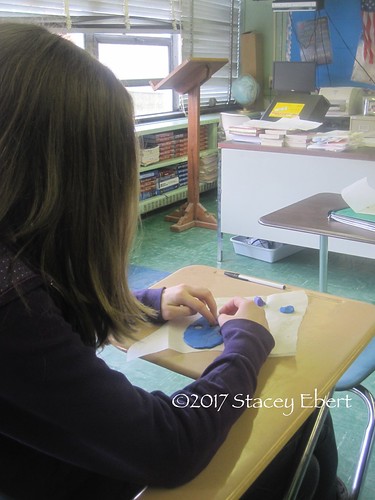
Creating African masks in a traditional US classroom
Travel takes all of those core courses of a curriculum and smashes them boldly and brightly with culture. Those who visualize the world as their classroom know that the interactions between people, societies, cultures, political ideals, religions, and more not only enhance the learning experience, but also the individual learner. Talking to people of diverse backgrounds, staying curious to the lives of others, embracing differences, trying new art forms, respecting other’s cultures, valuing science and nature, and working to both understand and lift people up help to expand that global classroom beyond borders of countries and waves of oceans. How can we make ‘school’ a place for potential, opportunity, change, growth, compassion, connectivity, warmth, and scholastic achievement while not solely focusing on those data-mining assessments? Melding that level of excitement for travel with the core knowledge of education yields more engaged learners. There’s no one way. There’s no one fit. Flexibility is key to continual growth.
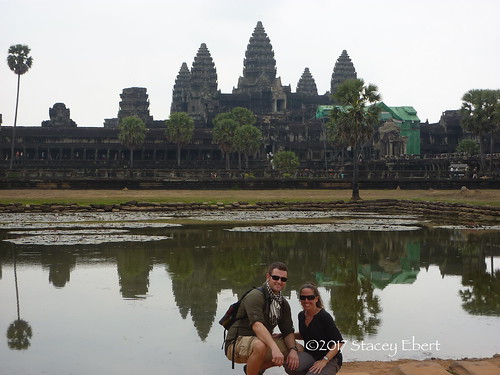
Angkor Wat - Cambodia
In the past four years, I’ve seen and heard about more ways to ‘school’ than ever before in my life. Some unschool, some worldschool, some homeschool, and others find some form of traditional. There’s online schooling, university extension courses, and those who seek out the assistance from people in other lands. There are schools that offer hands-on interactive learning with more of a facilitator approach, while others lecture at a class of students who face forward and must take notes the entire time. There are schools whose students spend the majority of the day outside, and villages where a community broadband hub allows those young and old to interact with others learning thousands of miles away. Public and private, military and religious, technical and arts, in a formal space or at a kitchen table, through a screen or from an individual, in a constantly moving motor vehicle, at a library or in a park, on an urban campus or in a village square - whether we’re aware of it or not, school is always happening.
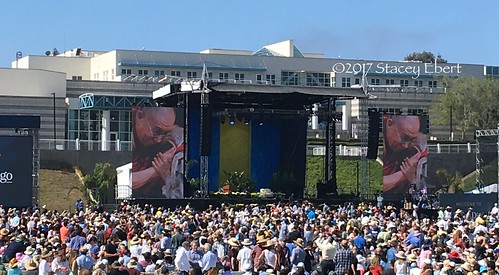
Listening to the Dalai Lama speak

Learning and experiencing mindfulness and benefits of yoga on World Yoga Day
There are languages to learn, cultural values to share, and nature to experience. There’s art to understand, music to create, fashion to design, and technology to build. There’s personal development to undertake, financial comprehension needed, and culinary arts to embrace. There’s scientific experimentation to notice, leadership skills to develop, and kinesthetic movement to practice. There are mountains to climb, people to meet, and places to explore. Most can agree that some form of reading, writing, arithmetic, science, history, and language are necessary - but to dismiss other subject matter and those so-called ‘soft’ skills or the ones that don’t fit nicely into those teeny, tiny boxes does a disservice to our students and to the growing world.
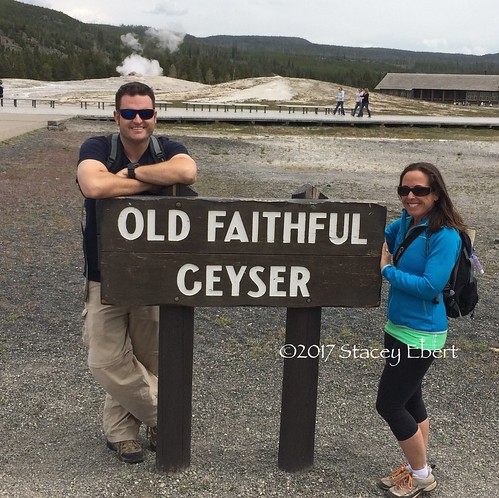
The wonders of science and nature at Yellowstone

Learning and interacting at a farmer's market
Today, the opportunities for both formal and informal education are endless. Regardless of choice, all have value, all have merit, and all will move students forward. Those core courses will continue to enter into all of our lives in some way or another, but it’s those in between spaces, those pauses for interests, those desires to create, the need to connect, to lead and to do better that add that extra sparkle. Whether led by student, screen, professor, teacher, facilitator, or local advocate, learning happens and is necessary in order to continue to foster that global classroom, global citizen, and global community.
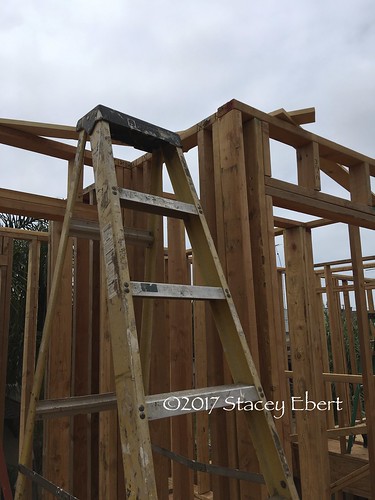
Building homes with Habitat for Humanity
Stacey Ebert, our Educational Travels Editor, is a traveler at heart who met her Australian-born husband while on a trip in New Zealand. Stacey was an extracurricular advisor and taught history in a Long Island public high school for over fifteen years, enjoying both the formal and informal educational practices. After a one year 'round the world honeymoon, travel and its many gifts changed her perspective. She has since left the educational world to focus on writing and travel. She is energetic and enthusiastic about long term travel, finding what makes you happy and making the leap. In her spare time she is an event planner, yogi, dark chocolate lover, and spends as much time as possible with her toes in the sand.
Check out her website at thegiftoftravel.wordpress.com for more of her travel musings.
All photos courtesy and copyright Stacey Ebert
